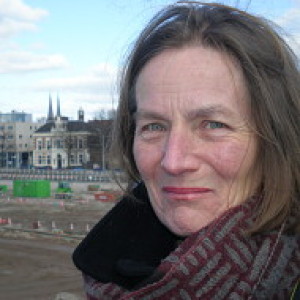Leiden ~ Gravensteen
Cycling up to Leiden in the sunshine and then a walk through the city in the rain together with some friends. We also passed from this building named Gravensteen (Count's Stones) and wikipedia says this about its history:
'The history of the Counts goes back to the 12th century. The oldest part of the complex is the central, square tower-like building. It was just built in 1200 by the Count of Holland, who frequently stayed in the east facing house (now gone). The tower-like building has initially one floor and a basement, with the vault only access hole. Probably the basement serves as a prison. As one of the few stone buildings in the remote area it symbolizes the full military power of the count.
Home for Boys
In 1463 Count Philip the Good donates the building to the city of Leiden, from then onwards it sserves as an urban jail and prison for Rhineland. The tower is raised by 2.5 meters and a hexagonal stair tower was added. The execution of serious criminals takes place then on the Green Zoodje, a small square around the corner of the building in this pix = on the north side of the Counts, then overgrown with grass. From the arcades (1604, extension 1656) the judges viewed the execution site.
In 1556 on the west wing four cells were built. They are still present. Particularly in these cells are murals that should bring the prisoners to their senses.
In 1655-56, the Counts expanded again. The city architect Arent van 's-Gravesandestraat builds on the east side of the building two new prison wings around a rectangular courtyard. On the one side rises the Rasphuis for men, on the other side the Spinhuis for women. Prisoners no longer spend their time idle, but are employed in prison. A new facade on the Pieterskerkhof now hides the old tower-like core to the face.
Tribunal and ships room
Finally, is built on the north side a new Vierschaar and Ships Room in 1671. City architect Willem van der Helm provides the design. The group of statues in the pediment are created by the Antwerp sculptor Pieter Xavery. Pictured are the weapon of Leiden with left and right Prudentia Lady Justice, Prudence. Both are applicable to the case being held.
The final punishment occurred in 1856 at Gravensteen. After World War II, the complex serves as a shelter for the law faculty of the University of Leiden. (Legal History Department) Since 2001, the Leiden University School of Management located in the building'.

Comments
Sign in or get an account to comment.


